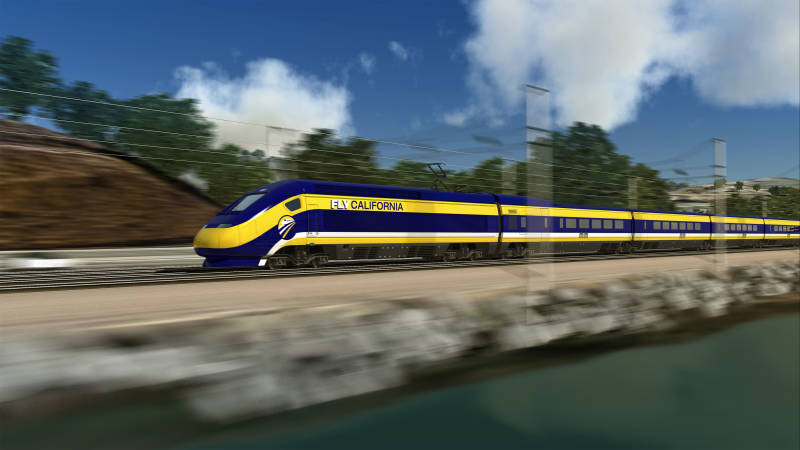A California Senate committee got its chance today to take a closer look at the status of the state's high-speed rail project. The High-Speed Rail Authority recently released a draft business plan.
At the hearing, High-Speed Rail Authority Chair Dan Richard said construction on the first segment was shifted from a southern route between the Central Valley and Los Angeles to a northern route between the Central Valley and San Jose because it was less expensive and could generate significant private investment. But he says the train needs to be running to attract investors.
"They're looking for that first operating line," he says.
The Rail Authority estimates it will cost about $20 billion to build the northern route, which Richard says could generate $8 billion to $10 billion in private investment. He said the segment could be operational by 2025.
But while the Rail Authority was touting the progress being made on the project, senators of both parties expressed concerns about financing. Republican Jim Nielsen says the evolution of the project make him uneasy.
